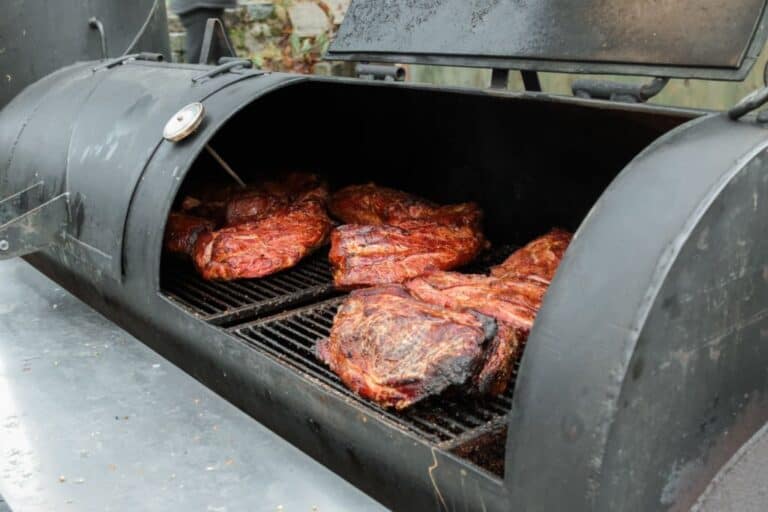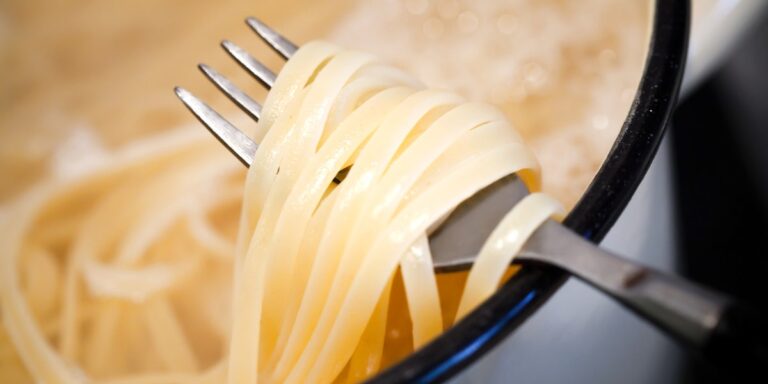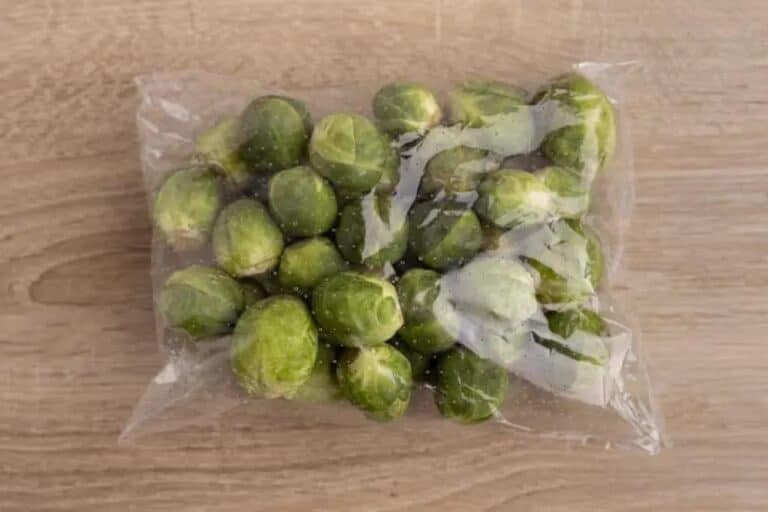How to Prepare Cow Skin for Cooking: Essential Cleaning Tips
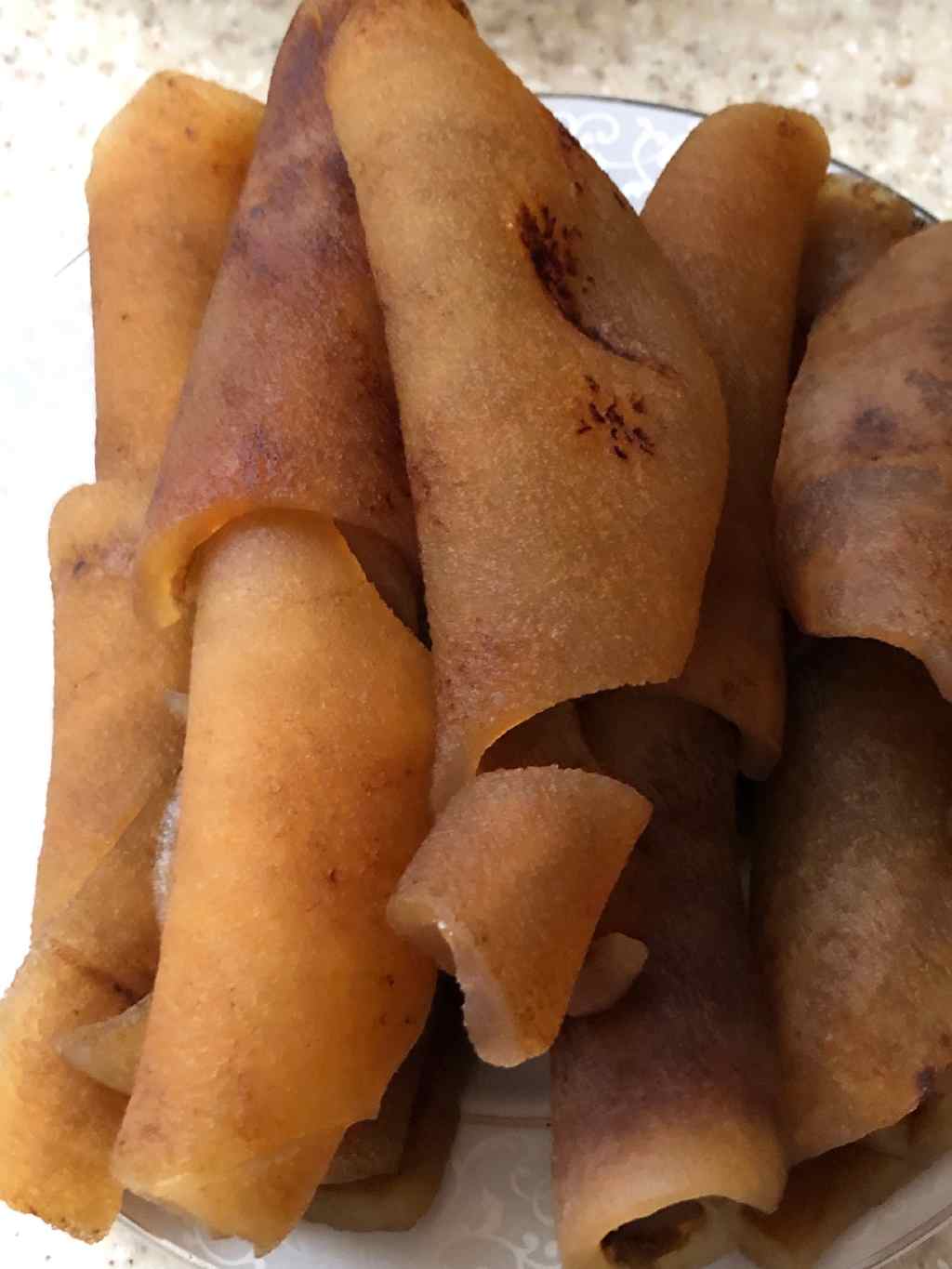
Preparing cow skin for cooking may seem daunting, but I assure you, it’s a rewarding culinary adventure. Growing up, I remember my grandmother preparing cow skin—also known as “ponmo” in many cultures. The rich flavors and unique texture always made it a sought-after dish at family gatherings. Today, I want to share my step-by-step process for cleaning cow skin to ensure it’s ready for your next meal.
Why Clean Cow Skin?
Cow skin is a delicacy in various cuisines, especially in West Africa and parts of Asia. Collagen-rich, it provides a delightful texture to soups, stews, and salads. But before you throw it into the pot, proper cleaning is crucial. You wouldn’t want to serve up something that tastes like it came straight from the barnyard, right?
The Importance of Proper Cleaning
- Health Concerns: Cow skin can harbor dirt, hair, and bacteria, so proper cleaning minimizes any health risks.
- Flavor Enhancement: Cleaning ensures that the cow skin’s natural flavors shine through without any off-putting tastes.
- Texture: A well-prepared cow skin maintains the perfect balance of chewiness and tenderness.
What You’ll Need
Before diving into the cleaning process, gather your supplies. Here’s a quick checklist:
| Item | Purpose |
| Cow skin | The star ingredient |
| A sharp knife | For trimming and cutting |
| A scrubbing brush | To remove dirt and hair |
| Salt | A natural abrasive for cleaning |
| Vinegar or lemon juice | For disinfection and odor removal |
| Large bowl | For soaking and rinsing |
| Pot of boiling water | For blanching |
| Cutting board | For a stable work surface |
Step-by-Step Cleaning Cow Skin Process
1. Rinse and Inspect
First, rinse the cow skin under cold running water. This initial rinse gets rid of loose dirt and hair. While rinsing, keep your eyes peeled for any imperfections. Look for spots that need extra attention, like stubborn hair or visible grime.
2. Scrubbing Time!
Now it’s time to roll up your sleeves. Grab your scrubbing brush and sprinkle some salt onto the skin. The salt acts as a natural abrasive that helps dislodge any stuck-on dirt.
Tips for Effective Scrubbing:
- Use Circular Motions: Scrub in circular motions to loosen debris.
- Pay Attention to Edges: Ensure you clean all edges and corners, where dirt loves to hide.
- Rinse Frequently: Rinse the brush and skin often to see your progress.
3. Trimming
Once you’ve scrubbed away the dirt, it’s time to trim the skin. Use your sharp knife to carefully remove any excess fat or unwanted parts. Don’t worry about getting it perfect—just remove anything that doesn’t look appealing.
4. Soaking in Vinegar or Lemon Juice
After trimming, soak the cow skin in a bowl filled with a mixture of water and vinegar or lemon juice. The acidity helps kill any remaining bacteria and neutralizes odors.
Soaking Instructions:
- Ratio: Use a 1:1 ratio of vinegar/lemon juice to water.
- Soaking Time: Let it soak for at least 30 minutes, but if you have the time, an hour is even better.
5. Final Rinse
After soaking, rinse the cow skin thoroughly under cold running water. This step washes away any lingering vinegar or lemon taste, leaving you with a clean canvas ready for cooking.
6. Blanching
To ensure the skin is tender and ready to soak up flavors, blanch it in boiling water. This step also helps to further eliminate any remaining impurities.
Blanching Process:
- Boil a Large Pot of Water: Ensure you have enough water to cover the cow skin.
- Add the Skin: Carefully place the cleaned cow skin into the boiling water.
- Cook for 10-15 Minutes: Let it cook until it softens slightly.
- Remove and Cool: Take it out and let it cool before cutting it into your desired size.
How Long Do You Boil Cow Skin?
When it comes to the question of how long to boil cow skin, there is no single answer that will fit everyone’s needs. Boiling cow skin takes different times. It depends on the skin’s size, the water’s temperature, and the skin’s toughness and thickness.
Generally, you can boil cow skin for two to four hours. To use boiled cow skin as a natural skin softener, boil it long enough to break down the collagen and soften it. If you want to use the boiled cow skin for other purposes, like making soup or stew, then it is not as important to boil it until it is soft.
When boiling cow skin, it is important to use a large pot of water that is heated to a boiling temperature. Next, add the cow skin to the pot and boil it for the desired amount of time. Watch the cow skin while it boils. Remove it when it is cooked to your liking.
Cooking With Clean Cow Skin
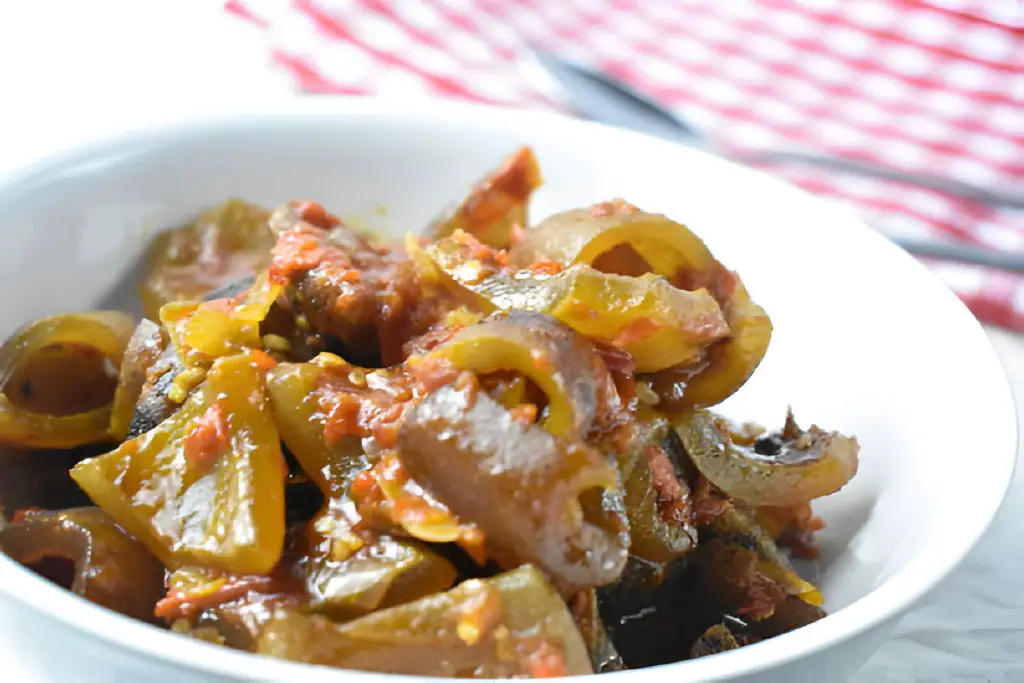
Now that your cow skin is squeaky clean and prepped, you can cook it in various ways. When fried, it works beautifully in soups, stews, and even as a crunchy snack. Here are a few popular ways to use it:
1. Cow Skin Pepper Soup
This spicy soup is a popular dish, especially in West African cuisine. It’s warming and packed with flavor.
Ingredients:
- Cleaned cow skin
- Ground pepper (to taste)
- Seasoning cubes
- Aromatic herbs (like scent leaves)
2. Fried Cow Skin (Pomo)
When fried until crispy, cow skin becomes a crunchy delight. Serve it as a snack or appetizer.
Frying Instructions:
- Cut the skin into bite-sized pieces.
- Heat oil in a pan: Once hot, add the pieces and fry until golden brown.
- Drain on paper towels: This step removes excess oil for a lighter snack.
3. Cow Skin Salad
For a lighter option, toss the cleaned and boiled cow skin into a fresh salad with vegetables and a tangy dressing.
Why Take the Time to Clean Cow Skin?
I get it—cleaning cow skin can be a bit of a chore, but trust me, the end result is worth every minute. When you take the time to prepare it properly, you elevate your dish from ordinary to extraordinary. Plus, your family and friends will appreciate the extra effort, especially when they savor the rich flavors in every bite.
Conclusion
Preparing cow skin for cooking may seem like a labor-intensive task, but it’s one that pays off big time. By following these essential cleaning tips, you ensure that you serve up a dish that is not only safe to eat but also bursting with flavor.
The next time you’re in the kitchen, don’t shy away from this unique ingredient. Embrace it, clean it well, and let it shine in your culinary creations! Whether you’re simmering it in a spicy soup or frying it for a crunchy treat, cleaned cow skin can truly take your meals to the next level. Happy cooking!


